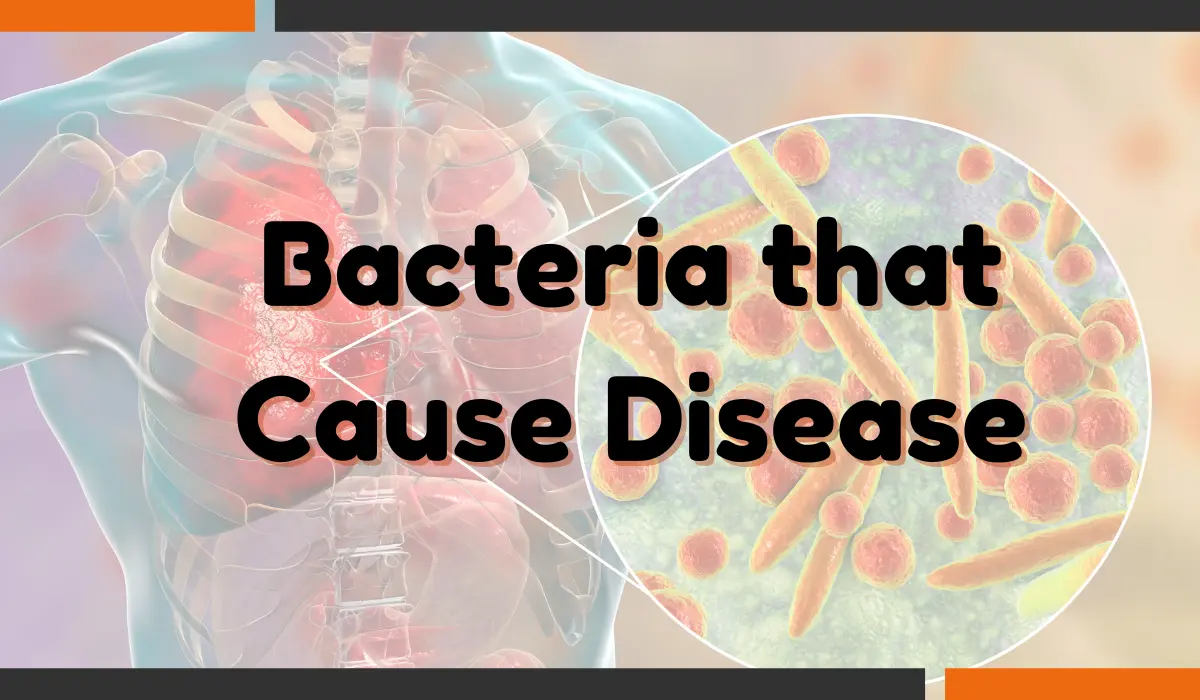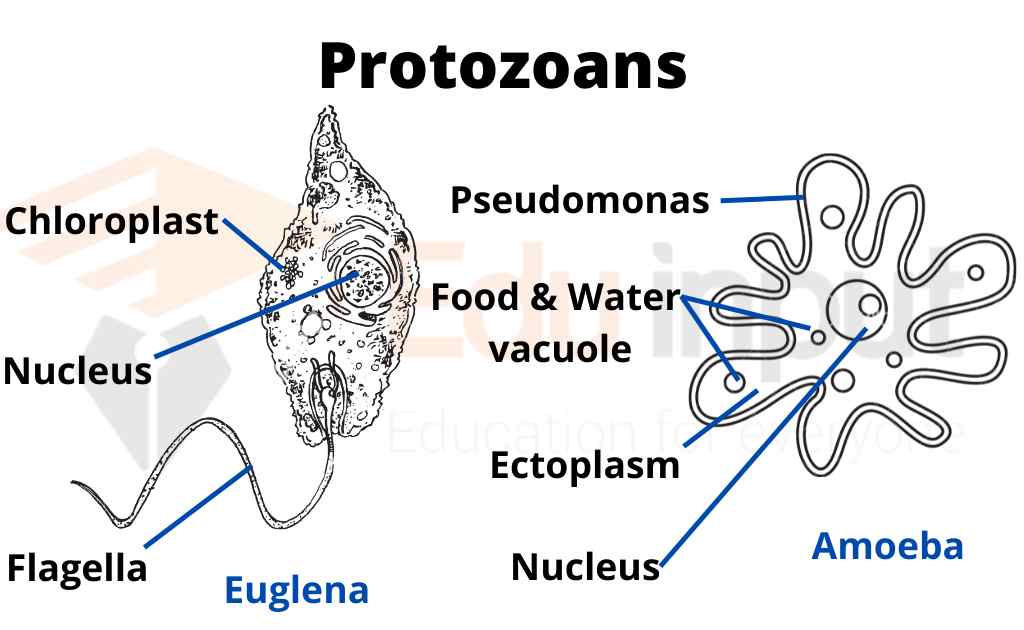What is Bacterial Conjugation?-Definition, Process, and Benefits
Bacterial conjugation is a natural phenomenon that occurs when two cells exchange genetic material through direct contact. This process allows bacteria to acquire new traits or resist antibiotics.
Bacteria conjugate using a type IV secretion system called T4SS. The T4SS consists of three main components: a pilus, a coupling protein, and a DNA translocation apparatus.
Bacterial conjugation occurs between two genetically identical cells. The donor cell receives DNA from its partner and then transfers it to itself. Conjugation is important because it allows bacteria to share genes across species boundaries.
In conjugation, DNA is transferred between cells via a type of cellular machinery known as pili. Pili are long protein fibers that extend out of the cell membrane and allow for the transfer of genetic material. Once the DNA is inside the recipient cell, it is replicated and passed along to the next generation.
What is Bacterial Conjugation?
Conjugation is a process where bacteria can share genetic material. This happens when two bacteria come into contact with each other. Cells come together and unite when they form a tube. This tube is made when one or both cells have an outgrowth. The cell designated as male sends genetic material through the tube to the cell designated as female.
conjugation is the sexual process in which two lower organisms of the same species exchange nuclear material. This can happen during a temporary union when one organism completely transfers its contents to the other organism, or when they fuse to form one organism.
This process can be temporary (e.g., ciliated protozoans) or complete (bacteria and some algae), and it can result in the formation of one organism (most bacteria and fungi and some algae).
Parasexual reproduction is a type of asexual reproduction that occurs in bacteria. This type of reproduction does not involve the exchange of genetic material between two parents. Instead, it relies on a process of genetic recombination. Meiosis does not occur in this type of reproduction.
Process of Conjugation
There are two types of bacteria:
- Donor Bacteria F+
- Recipient Bacteria F-
Steps of Conjugation
- The donor cell has the F-plasmid, which contains the gene for pilus, while the recipient cell does not.
- The two cells come into contact with each other via the pilus, known as the F-pili.
- The plasmid from the donor cell is cleaved at a site and then replicated in the donor cell.
- The plasmid copy is simultaneously transferred to the other bacterium.
- After conjugation, both bacteria will become F+ cells.
Benefits Of Conjugation
The genetic information that’s transferred between bacteria is generally beneficial to the recipient. These benefits might include antibiotic resistance or the ability to metabolize new substances. However, sometimes this genetic material can be harmful and might be considered a parasite.

 written by
written by 





Leave a Reply